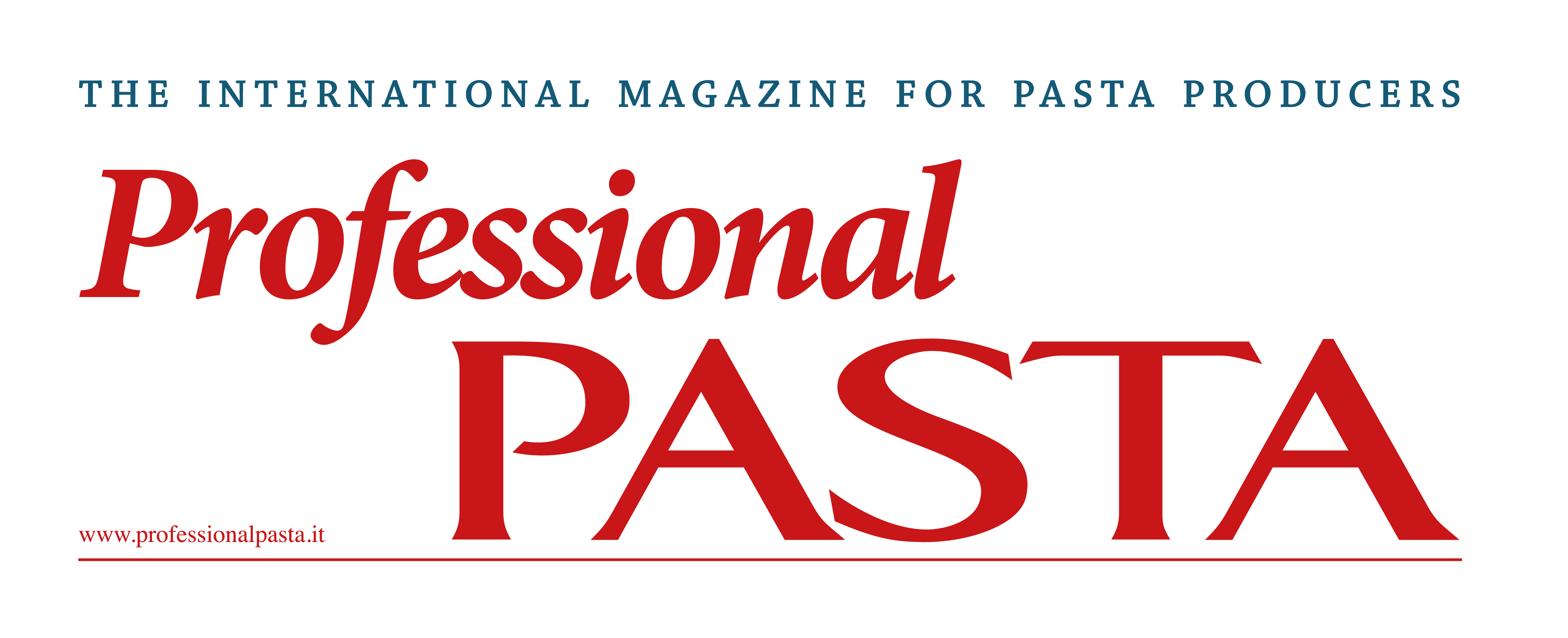Nutrition and sport
This paper provides general information for a more appropriate diet for those involved in sports activities. In relation to the type of sport, professional category, individual physiological characteristics etc., each athlete will establish his or her individual nutrition plans.
To better understand the role of nutrition in sport, it is necessary to analyze aspects of human physiology and metabolism. Depending on the type of sport, variations in the intensity and the duration of the activityoccur and, consequently, also the energy source changes. When the human body needs rapid energy, the anaerobic energy system intervenes through the alactic metabolism (creatine phosphate) and the lactacid metabolism with the production of lactic acid. The lactic acid system obtains energy from carbohydrates, that is from muscle and liver glycogen. However, anaerobic energy systems can provide energy for a limited period of time (Borgacci R.).
When the human body requires energy in a non-rapid form, it resorts instead to the aerobic system. In some group sports (ex. 5-a-side football/soccer) there are alternating moments when the aerobic energy system is predominantly involved with medium and low intensity efforts at times when the high-intensity anaerobic energy system is involved, but in a reduced way. As for the aerobic energy system, the energy supply is mainly ensured by glycogen (muscle, liver) which is transformed into glucose and by lipids (fatty tissue, muscle tissue) which are converted into fatty acids.
Subscribe to the magazine to read the full article





